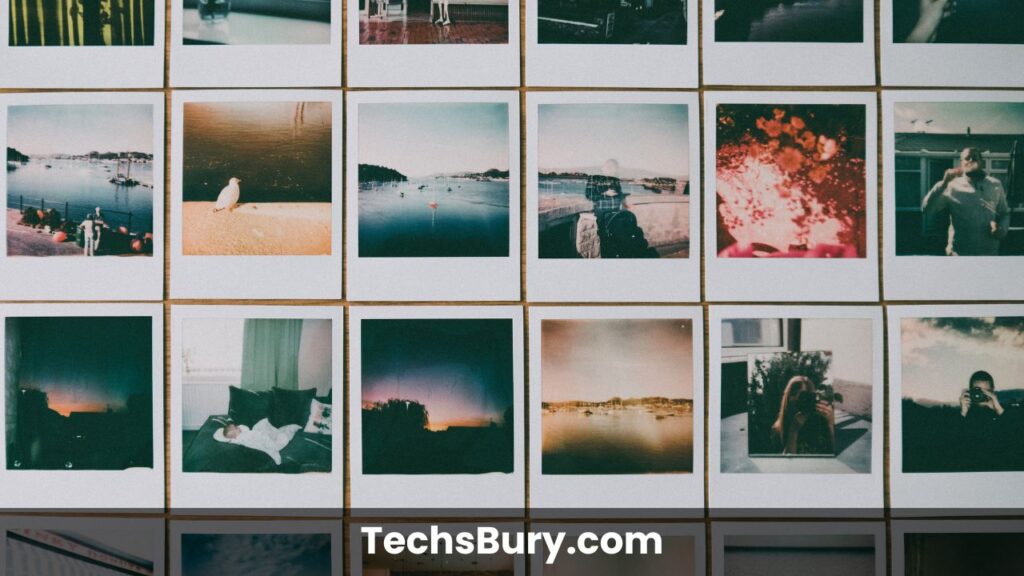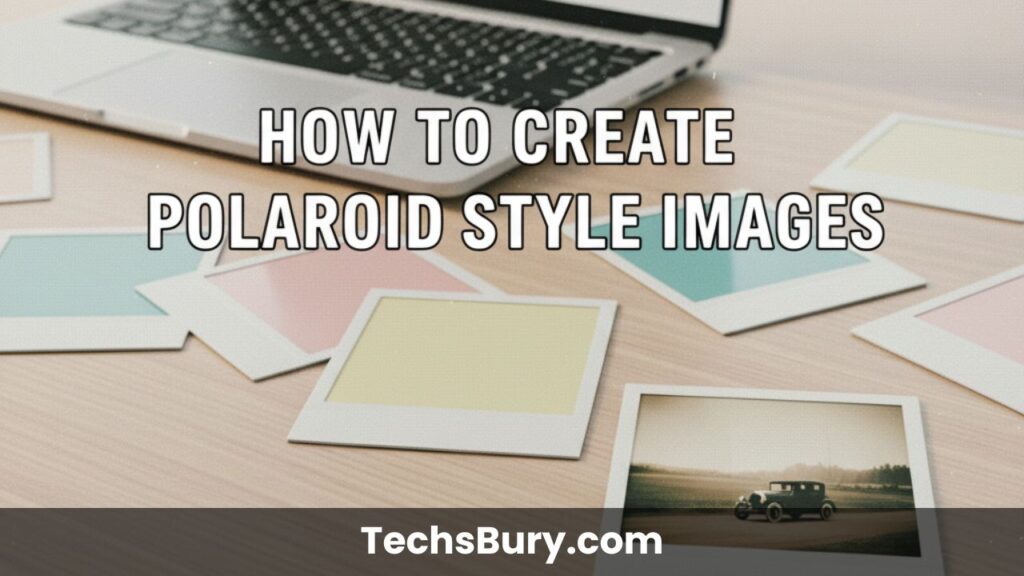Polaroid photography has made a huge comeback in recent years. Even though instant film cameras are still popular, not everyone owns one or wants to spend money on film packs. Thanks to AI tools like Google Gemini, it is now possible to recreate the classic Polaroid look digitally with just a well-written prompt.
This guide explains, step by step, how to generate Polaroid-style images using Gemini’s image capabilities. The goal is to help you produce natural-looking images that capture the nostalgic charm of instant film. The process is simple once you understand what makes a photo feel authentically vintage.
Understanding the Polaroid Aesthetic
Before generating images, it is helpful to know what visually defines a Polaroid photo. Most real Polaroids share a few common traits:
- Soft flash lighting that slightly overexposes the subject
- Warm or slightly faded colors
- Mild grain or blur from instant film texture
- Casual framing, often a little imperfect
- A white photo border surrounding the image
When instructing an AI model like Gemini, describing these visual elements increases the chances of getting a realistic result.
How to Adjust the Prompt for Different Results
You can easily modify the template for other scenarios. Here are a few variations:
- “Single person sitting on a couch, taken with a Polaroid camera, warm indoor lighting, soft blur, natural expression”
- “Group of friends laughing at a small house party, Polaroid film look, slightly overexposed from flash”
- “Travel moment during sunset, taken with a Polaroid, faded pastel colors, horizon in the background”
When editing prompts, try to include these four key elements:
- Mention that the photo is taken with a Polaroid camera
- Describe lighting conditions clearly
- Add a mood or expression, such as candid, relaxed, or laughing
- Specify how natural or imperfect the image should appear

Recommended Settings When Generating Images
If Gemini allows custom configuration, these settings create more believable results:
| Parameter | Suggested Setting |
|---|---|
| Aspect Ratio | Square or 3:4 vertical |
| Style Strength | Medium |
| Number of Variations | 3 to 5 attempts per prompt |
| Face Preservation (if available) | Enabled |
Running multiple variations is useful because AI may interpret the same prompt differently each time.
Solving Common Generation Issues
| Issue | How to Fix It |
|---|---|
| Faces look altered or unrealistic | Include “Do not modify facial features” |
| Colors look modern or digital | Add “faded warm tones” or “slight film grain” |
| Framing feels too perfect | Use terms like “slightly off-center” or “casual composition” |
| Background appears empty | Describe it, even if kept simple, for example “curtain background” or “living room setting” |
Adding the Polaroid Frame
If Gemini does not include the white border automatically, you can apply it in a photo editor. Tools like Canva, PicsArt or CapCut offer pre-made Polaroid frames. Simply upload the generated image, place it inside the frame and export. Slightly tilting or rotating the final image gives it a more natural printed look.

Responsible and Creative Usage
AI-generated photography can be a fun way to explore ideas or build visual mood boards. However, it is best to avoid presenting AI images as real events if they did not actually happen. When sharing online, a small note such as “AI Polaroid concept” maintains transparency while still allowing creative presentation.
Final Thoughts
Creating Polaroid-style AI images with Gemini is less about technical skill and more about clear instruction. Once you learn how to describe lighting, emotion and composition accurately, the model responds with surprisingly realistic results. Experiment with different prompts, try candid expressions, and focus on simplicity rather than perfection. The charm of Polaroid photography comes from authenticity, and with the right wording, AI can capture that feeling remarkably well.
The Core Prompt Template for Gemini
Here is a simple and effective base prompt you can use in Gemini:
Take a picture with a Polaroid camera. The photo should look like a normal photo without any clear subject or props. The photo should have a consistent light source like a flash. Replace the background behind the two people with a white curtain. They're hugging and smiling. Do not change or edit faces.
This wording instructs Gemini to focus on natural lighting, realistic human expressions, and a familiar photographic style. It also protects facial features from distortion, which is a common issue with AI image models.


